Unveiling the “Velvet Underground”: Todd Haynes’ Kaleidoscopic Oral History
Director Todd Haynes, renowned for his visually stunning and deeply empathetic character studies, takes on the monumental task of documenting one of rock music’s most enigmatic and seminal bands in “The Velvet Underground.” Far from just a straightforward biopic, this film is a meticulously crafted oral history, an immersive dive into the cultural crucible of 1960s New York City that birthed the inimitable sounds of Lou Reed, John Cale, Sterling Morrison, and Maureen Tucker. As the first major documentary to truly peel back the layers of this revolutionary group, Haynes orchestrates a symphony of exclusive interviews, rare archival footage, and profound insights, revealing how the Velvet Underground — a band ahead of its time — continues to reverberate through the annals of music.
The Avant-Garde Genesis of a Sound
The narrative begins amidst the pulsating counterculture of 1960s New York City, where art, music, and performance collided. The Velvet Underground emerged from this vibrant milieu, a raw, uncompromising force that defied categorisation. Their origins, meticulously traced by Haynes, detail the early, tumultuous days playing at the legendary Cafe Bizarre. Through the intimate recollections of surviving members and collaborators, the film illuminates the intense creative friction and camaraderie between Lou Reed and John Cale — a tension that was, paradoxically, the very engine of their groundbreaking sound. They didn’t just play music; they pushed the very boundaries of it, incorporating elements of noise, art rock, and performance art, forging a path entirely their own.
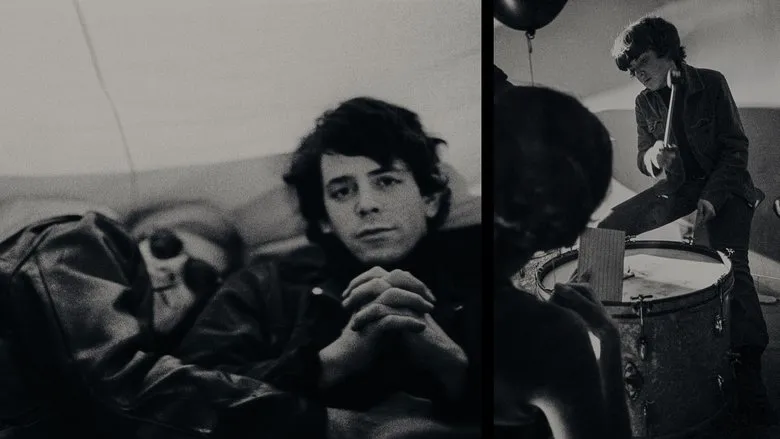
Haynes masterfully captures how their raw sensibility clashed with, yet ultimately defined, the era’s evolving artistic landscape. The band’s determination to incorporate the avant-garde into accessible — albeit challenging — rock music laid a foundation that influenced countless artists for decades to come, proving their enduring legacy goes far beyond mere popularity.
Warhol’s Factory: Where Art Met Music (and Chaos)
A pivotal chapter in The Velvet Underground’s story, and indeed in the documentary, is their fateful encounter with Andy Warhol in 1965. Warhol, the preeminent figure of pop art, not only discovered the band but immediately integrated them into his iconic Factory scene. This intersection of visual art and sound created an electrifying synergy, pushing the band into new realms of experimental expression. The film vividly portrays the anarchic yet incredibly fertile atmosphere of The Factory, a hub of creativity, eccentricity, and a certain kind of beautiful madness.
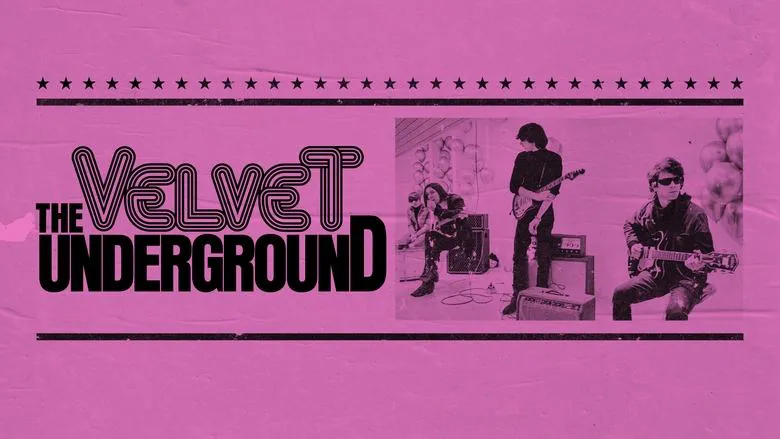
Haynes, with his keen eye for cultural resonance, captures this era through Warhol’s own compelling testimonies and extensive interviews with other influential figures like Edie Sedgwick and Jonas Mekas. This period culminated in the release of their seminal 1967 album, ‘The Velvet Underground & Nico,’ a work that wasn’t just an album but a cultural statement, bridging the gap between underground art and the burgeoning rock scene like never before. The collaboration with Warhol wasn’t just a gimmick; it was an artistic fusion that allowed The Velvet Underground to tap into a fresh vein of inspiration and reach an audience receptive to their unconventional vision.
Soundscapes of Disorientation: The Band’s Unique Artistry
What truly sets the Velvet Underground apart, and what the documentary compellingly conveys, is their audacious, unorthodox approach to music. They were poets of urban disillusionment and despair, weaving raw, often abrasive sounds with deeply poetic lyrics and abstract arrangements. Songs like the visceral “Heroin” and the sprawling, hypnotic “Sister Ray” showcased Lou Reed’s ability to paint vivid, uncomfortable pictures of the human condition in a tumultuous world.
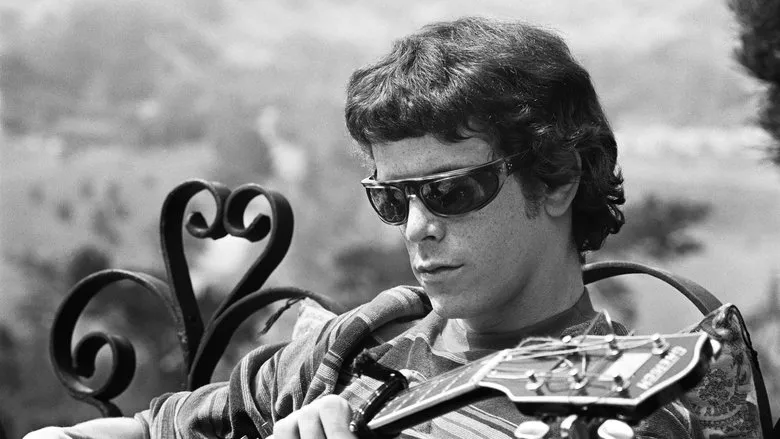
John Cale’s melodic yet often dissonant basslines emerge as a particularly crucial element in their sound, adding a profound depth and richness that underscored their experimental creations. The band’s music mirrored the disorientation and unease of their times, refusing to conform to the sunny optimism often peddled in popular culture. Their sound was a reflection, sometimes distorted, sometimes painfully clear, of the societal shifts and personal struggles taking place in real time.
Capturing an Era: Haynes’ Archival Mastery
One of the documentary’s most striking features is Todd Haynes’ masterful incorporation of archival footage from the 1960s. He doesn’t just show old clips; he uses them to immerse the viewer within the vibrant, often chaotic, cultural landscape of New York City during that pivotal decade. The grainy footage of protests, happenings, beatnik performances, and gritty street scenes provides a fascinating, almost tactile backdrop to The Velvet Underground’s story.
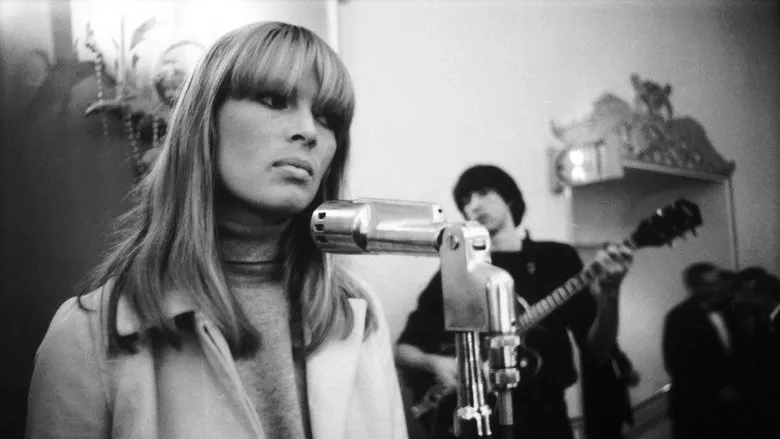
By juxtaposing the band’s raw, unbridled creativity with the tumultuous social and political undercurrents of the era, Haynes skillfully illustrates their profound connection to the wider cultural tapestry of their time. The city itself becomes a character, breathing life into the band’s narrative and contextualizing their radical departures from musical norms.
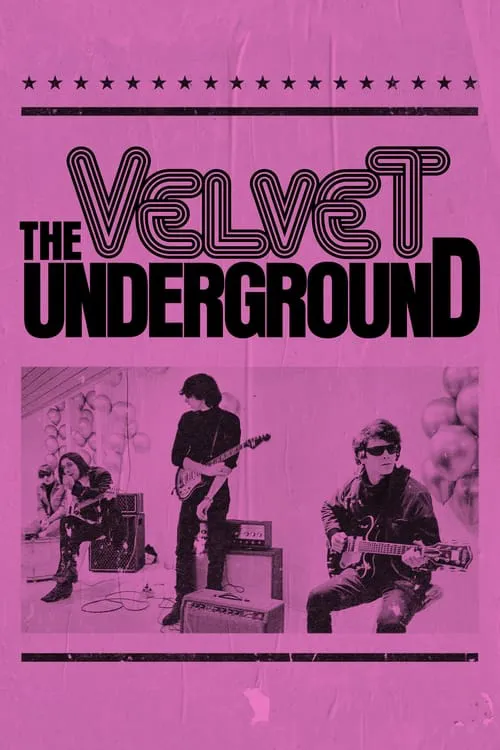
A Legacy Unveiled: The Enduring Influence
“The Velvet Underground” stands as a poignant and meticulously researched tribute to a band that defied conventions and pushed boundaries not only in their music but also in their expansive artistic vision. Haynes meticulously curates the band’s extensive music library, showcasing iconic performances and rare recordings that underscore their innovative approach. From the haunting beauty of “Pale Blue Eyes” to the enigmatic depths of “Lady Godiva’s Operation,” these songs continue to captivate audiences and inspire new generations.
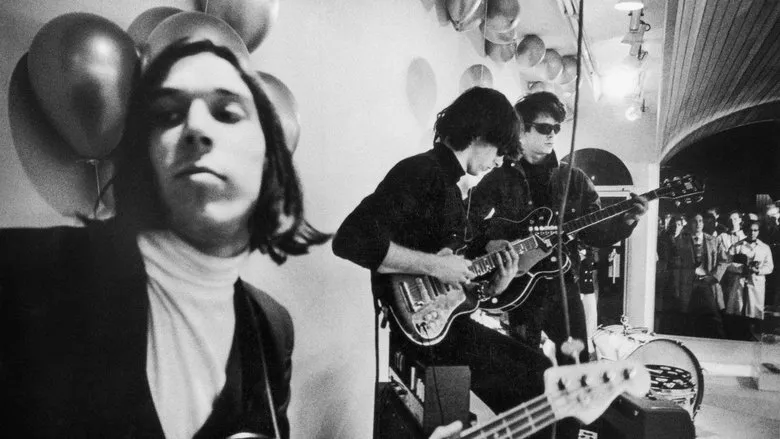
Through Todd Haynes’ expert storytelling, “The Velvet Underground” isn’t just a history lesson; it’s an unforgettable journey into the heart of a band that dared to be different, a testament to the enduring power of art to provoke, inspire, and perpetually captivate. The film ensures that the whispers, the experiments, and the profound discomfort of their sound continue to echo, reminding us that true artistic resonance often stems from the courage to break every rule.